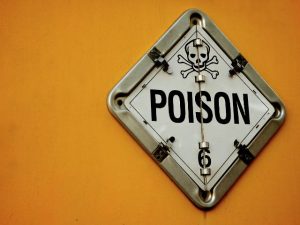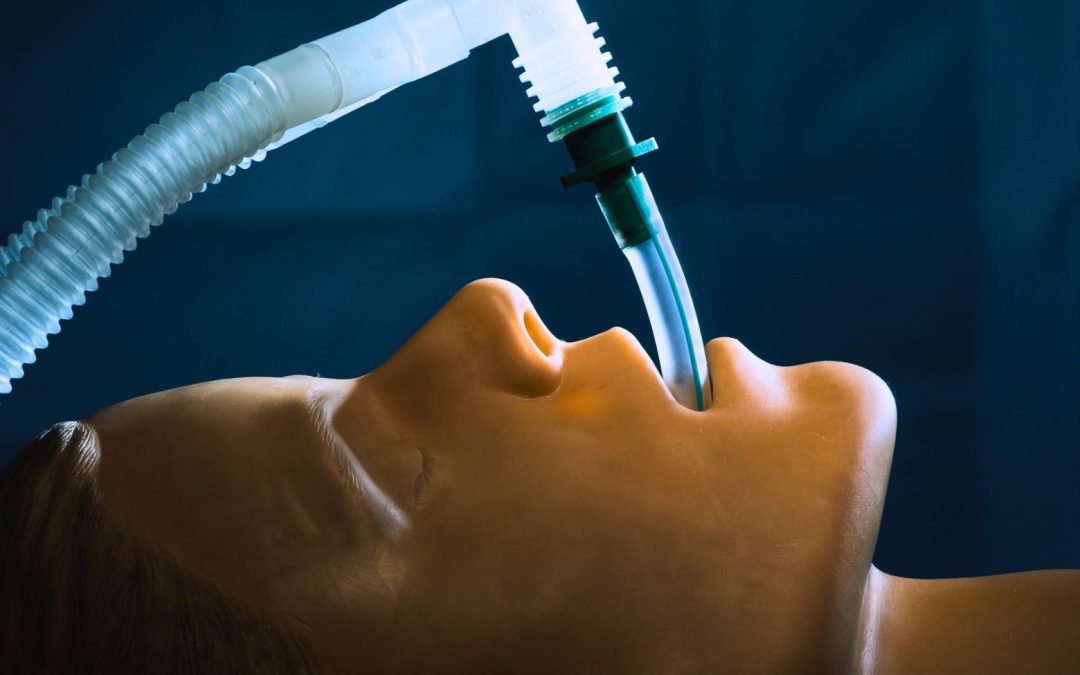Case Study on Glyphosate Poisoning
A 25-year-old female patient (62kg) arrives at your emergency department after an intentional ingestion of one cup (250ml) of glyphosate (herbicide). The family observed the overdose, contacted emergency medical services (EMS), and paramedics transported the patient to the hospital. Having arrived at the emergency within +/- 20 minutes of consumption, the patient received gastric lavage and activated charcoal.
Physical exam notes the patient as alert and oriented. The patients’ vital signs: afebrile, pulse rate 125, blood pressure (BP): 88/58 mm Hg, SpO2-97% on room air and Glasgow coma scale of fifteen. The nurse administered intravenous fluids and antiemetics per physician orders.
The emergency room physician noted during the exam that her cardiovascular, respiratory, and gastrointestinal systems were within normal limits. After the lavage, the patient experienced multiple episodes of continued vomiting. Sixty-five minutes after the patient’s emergency room arrival, she became hypoxic, leading to respiratory failure and intubation. Resuscitation efforts required vasopressor support for hypotension.
The patient’s arterial blood gas (ABG) showed severe metabolic acidosis and elevated lactate level. The treatment team transferred to the intensive care unit (ICU) where she developed hypokalemia, hypernatremia, and aspiration pneumonia.
After a two-week hospital stay, physicians discharged the patient from the hospital. Prior to discharge, there was no evidence of renal or hepatic damage.









